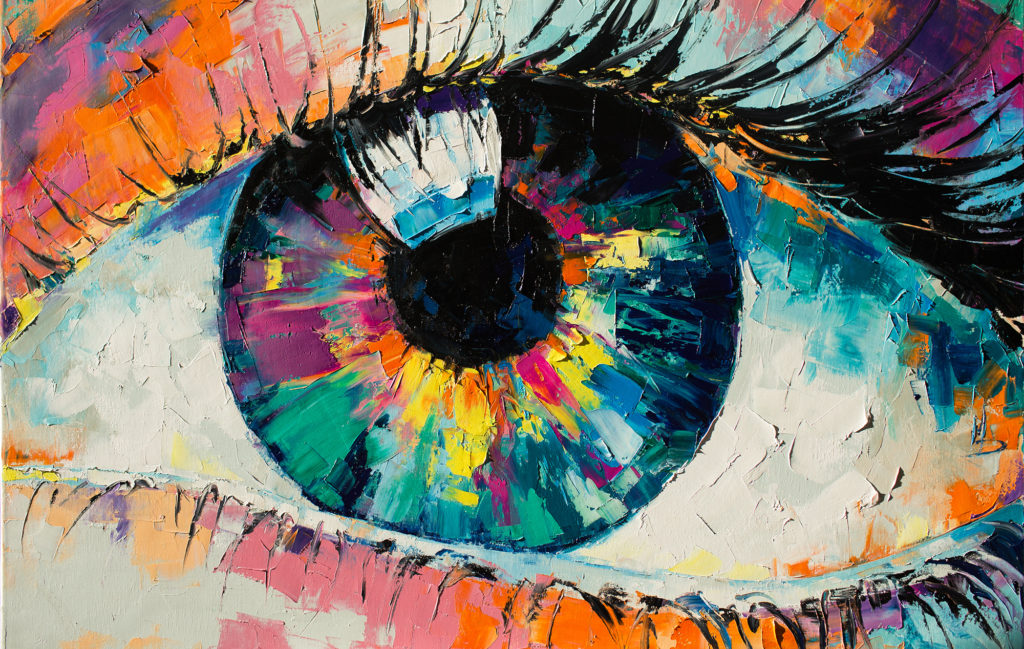Exploring the Diverse World of Artistic Expression: From Surrealism to Abstract Realistic Look
In the world of creative expression, from the dreamlike landscapes of surrealism to the intricate play of light and kind in abstract realism, musicians have continually pushed the boundaries of imagination and imagination. Each activity holds an one-of-a-kind lens with which the globe is seen and analyzed, providing a glance into the depths of human feeling, perception, and believed. As we discover the diverse globe of art, we exist with a tapestry of designs, techniques, and ideologies that challenge our understanding and prompt consideration. The trip through these varied kinds of artistic expression assures to unravel an abundant tapestry of visual narration and intellectual questions that captivates the mind and stirs the heart.
Surrealism: Unleashing the Subconscious
Surrealism, an avant-garde creative activity of the 20th century, explored the depths of the subconscious, revealing a globe of dream-like images and unusual juxtapositions. Spearheaded by artists like Salvador Dali, René Magritte, and Joan Miró, Surrealism sought to test the standard ways of seeing and understanding art. With methods such as automatism and desire evaluation, Surrealist musicians aimed to tap right into the subconscious mind to disclose surprise facts and needs.
Among the crucial elements of Surrealism was the focus on the illogical and the astonishing. By integrating unforeseen aspects in their works, Surrealist artists aimed to develop a feeling of disorientation and shock in the customer. This interruption of reasoning and factor was suggested to prompt a deeper exploration of the subconscious and the mysteries of the human subconscious.
Abstract Realistic Look: Redefining Perception
Testing conventional artistic boundaries, Abstract Realism redefines perception through the blend of well-known aspects with abstract forms. This innovative technique to art integrates the representational accuracy of realistic look with the innovative freedom of abstraction, offering visitors a special visual experience that prompts them to examine their assumption of truth.
In Abstract Realism, musicians aim to capture the significance of their subjects while additionally infusing their job with a feeling of deepness and complexity via abstract aspects. By blending the knowledgeable about the unfamiliar, these musicians invite audiences to engage with their pieces on multiple degrees, encouraging them to check out the nuances of type, color, and structure.

Cubism: Breaking Up Reality
Making use of fragmented perspectives and geometric types, Cubism revolutionized the creative depiction of reality in the very early 20th century. Developed by Pablo Picasso and Georges Braque, Cubism sought to test traditional concepts of viewpoint and representation. By breaking down items and numbers into geometric shapes and providing them from numerous viewpoints all at once, Cubist artists aimed to catch the significance of the subject instead of its literal appearance. This approach not only deconstructed fact yet also highlighted the monotony of the canvas, leading the means for future abstract art movements.

Cubism can be categorized into pop over to these guys two primary stages: Analytical Cubism, defined by single shade systems and intricate, fragmented forms; and Artificial Cubism, which incorporated collection components and brighter shades right into the make-ups. Through these distinct phases, Cubism influenced not only paint yet additionally sculpture, layout, and design. trump art. Its effect reverberated throughout the art globe, motivating artists to discover new means of analyzing and standing for the world around them
Expressionism: Emotions on Canvas
Exploring the midsts of human emotions through expressive and dazzling brushstrokes, Expressionism became an extensive creative movement in the very early 20th century. Unlike previous art movements that concentrated on depicting the exterior world, Expressionism explored the inner realm of the musician's mind, intending to evoke raw feelings and provoke natural responses from visitors.
Expressionist artists, such as Edvard Munch, Egon Schiele, and Emil Nolde, denied conventional ideas of appeal and realism for distorting form and shade to convey subjective sensations. The use of exaggerated brushwork, vibrant colors, and altered numbers assisted develop a feeling of anxiousness, alienation, or interest in their works.
One of one of the most famous examples of Expressionism is Munch's "The Scream," which records the intense stress and anxiety and misery of contemporary life via its swirling, distorted figure versus a blood-red sky. Via their mentally billed jobs, Expressionist musicians looked for to test conventional creative norms and offer a window into the stormy depths of the human soul.
Contemporary Art: Progressing Point Of Views

Among the specifying qualities of modern art is its consistent evolution and ability to adapt to transforming cultural landscapes. Artists are significantly incorporating technology into their method, obscuring the lines in between the electronic and physical worlds. This blend of tools enables innovative ways of storytelling and engaging with audiences in a much more interactive way.
Additionally, modern art usually functions as a system for social like this discourse, resolving pushing concerns such as identification, national politics, and the setting. Musicians are utilizing their job to prompt and trigger crucial discussions thought, dropping light on the complexities of the world we stay in. As viewpoints proceed to develop, modern art remains a prominent and dynamic force in shaping our social landscape.
Final Thought
Finally, the world of imaginative expression incorporates a large variety of activities and designs, each with its own unique approach to sharing definition and feeling. From surrealism's exploration of the subconscious to abstract realism's redefining of assumption, and from cubism's fragmentation of truth to expressionism's portrayal of explanation emotions, art remains to develop and challenge point of views - trump art. Contemporary art reflects the ever-changing globe we reside in, supplying new ways to analyze and recognize the intricacies of our reality
As we discover the multifaceted globe of art, we are provided with a tapestry of styles, techniques, and philosophies that test our understanding and provoke reflection. Its effect resounded across the art globe, inspiring artists to discover new means of representing the world and analyzing around them.
